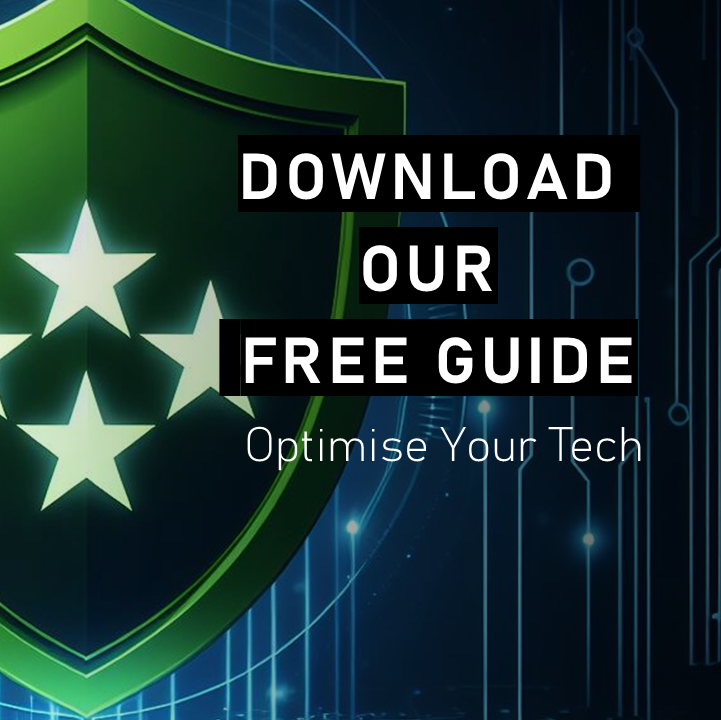Striking the Right Balance: Shadow IT and Modern Workplace Needs
In today’s rapidly evolving digital landscape, organisations face a significant challenge: how to maintain robust IT security whilst enabling the flexibility and productivity demands of the modern workplace. It’s a delicate balancing act, and getting it wrong can have serious consequences.
The Perils of Overly Strict Security Policies
When the solutions are often too complicated and security measures become too restrictive, they can inadvertently push employees towards risky behaviours. This phenomenon, known as ‘Shadow IT’, occurs when staff seek out unauthorised tools and workarounds to get their jobs done efficiently. While their intentions may be good, the results can be disastrous for organisational security.
Imagine Sarah, a marketing manager who needs to share large video files with her team. The company’s official file-sharing solution is slow and cumbersome, so she turns to a consumer-grade cloud storage service instead. Suddenly, sensitive company data is residing on an unsanctioned platform, beyond the reach of IT’s security controls.
The Rise of ‘Shadow IT’
Shadow IT isn’t just about convenience; it’s a symptom of a deeper problem. When official IT environments become too restrictive, employees may create parallel, unofficial systems where the real work gets done. This can lead to:
- Data breaches and security vulnerabilities
- Compliance issues
- Lack of visibility for IT departments
- Inconsistent data management
Bridging the Gap: Modern Security Approaches
So, how can organisations protect their assets without stifling productivity? The answer lies in adopting modern security practices that embrace flexibility while maintaining control. Here are some key strategies:
1. Implement Zero Trust Security
Zero Trust is a security model that assumes no user or device should be automatically trusted, whether inside or outside the network perimeter. By requiring verification for every access request, organisations can maintain high level of security posture without resorting to blanket restrictions.
2. Embrace BYOD with Clear Policies
Bring Your Own Device (BYOD) policies allow employees to use their personal devices for work, increasing productivity and satisfaction. However, it’s crucial to implement clear guidelines and security controls and single identity to manage the associated risks.
3. Leverage Secure Collaboration Platforms
Modern collaboration tools can provide a secure environment for communication and file sharing, reducing the temptation for employees to seek out unauthorised alternatives.
Microsoft Technologies: Enabling Secure Productivity
Microsoft offers several solutions that can help organisations strike the right balance between security and productivity, for example:
Conditional Access
This feature allows IT teams to set granular access policies based on factors such as user location, device health, and risk level. For example, access to sensitive data could be restricted to company-managed devices or require multi-factor authentication when accessed from unfamiliar locations.
Microsoft Defender XDR
Defender XDR provides extended detection and response capabilities across endpoints, identities, and applications. By integrating security data from multiple sources, it offers comprehensive protection against sophisticated threats without impeding user productivity.
Microsoft Teams
Teams isn’t just a collaboration platform; it’s a secure environment for sharing files, holding meetings, and managing projects. With built-in security features and integration with other Microsoft security tools, Teams can help reduce the need for Shadow IT and also offer modern, seamless and always up-to-date centralised workplace hub.
Balance is Everything
The key to preventing Shadow IT and maintaining a secure, productive workplace lies in finding the right balance. By adopting modern security practices and leveraging technologies that enable secure collaboration, organisations can protect their assets and reduce technical debt without sacrificing the flexibility and efficiency that modern workers demand.
Remember, security should enable productivity, not hinder it. When employees feel empowered to work efficiently within secure boundaries, everyone wins.









